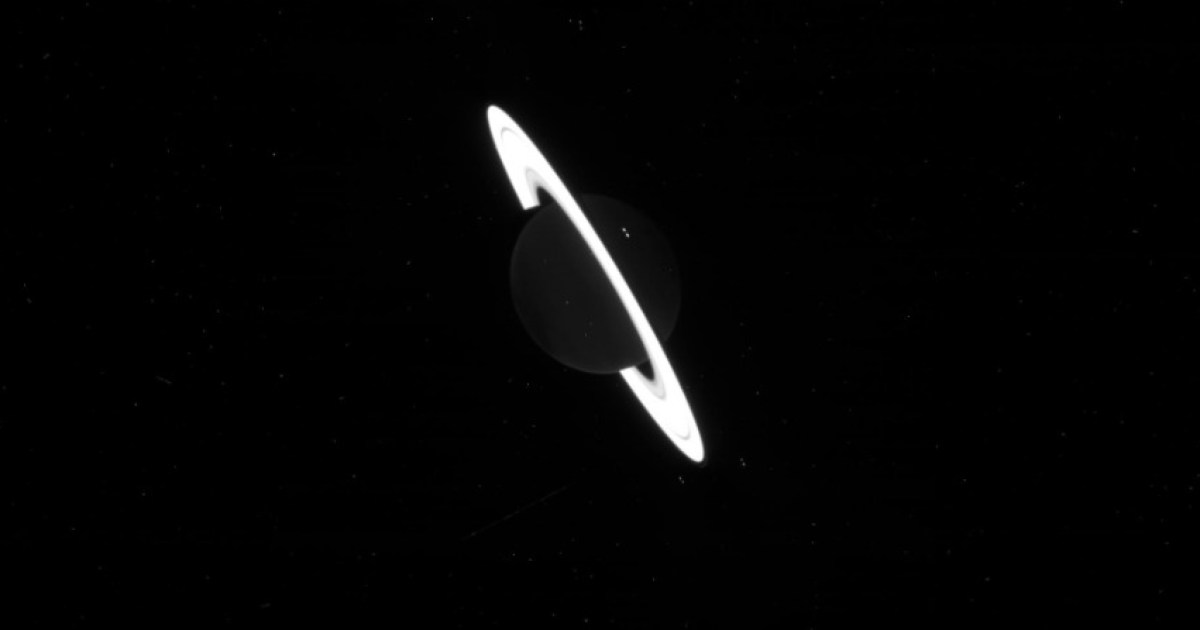The James Webb Space Telescope has captured a beautiful image of a dramatic cosmic event: two galaxies colliding. Two spiral galaxies are in the process of merging, and they shine brightly in the infrared wavelengths where James Webb operates, shining with the light of a trillion suns.
It’s not uncommon for two (or more) galaxies to collide and merge, but the two shown in this image emit particularly bright infrared light. The pair has the collective name Orb 220 because they appear as one object when viewed from Earth. Orb 220, known as an Ultraluminous Infrared Galaxy (ULIRG), shines much brighter than a typical spiral galaxy like our Milky Way.
Orb 220 shines like a bright beacon amid a sea of galaxies in this view from NASA’s James Webb Space Telescope. Actually two spiral galaxies in the process of merging, Arp 220 shines brightly in infrared light, making it an ideal target for Webb. It is an ultraluminous infrared galaxy (ULIRG) with a luminosity of over a trillion suns. By comparison, our Milky Way galaxy has a much more modest luminosity of about 10 billion suns. Image: NASA, ESA, CSA, SDSCI Image processing: Alyssa Bacon (SDSCI)
Arp 220 is 250 million light-years away, but its brilliant brightness means Webb was able to capture the object using its Near Infrared Camera (NIRCam) and Mid-Infrared Instrument (MIRI). By combining data from these two instruments, scientists can view the object at near-infrared and mid-infrared wavelengths.





:quality(85)/cloudfront-us-east-1.images.arcpublishing.com/infobae/KTKFKR763RBZ5BDQZJ36S5QUHM.jpg)